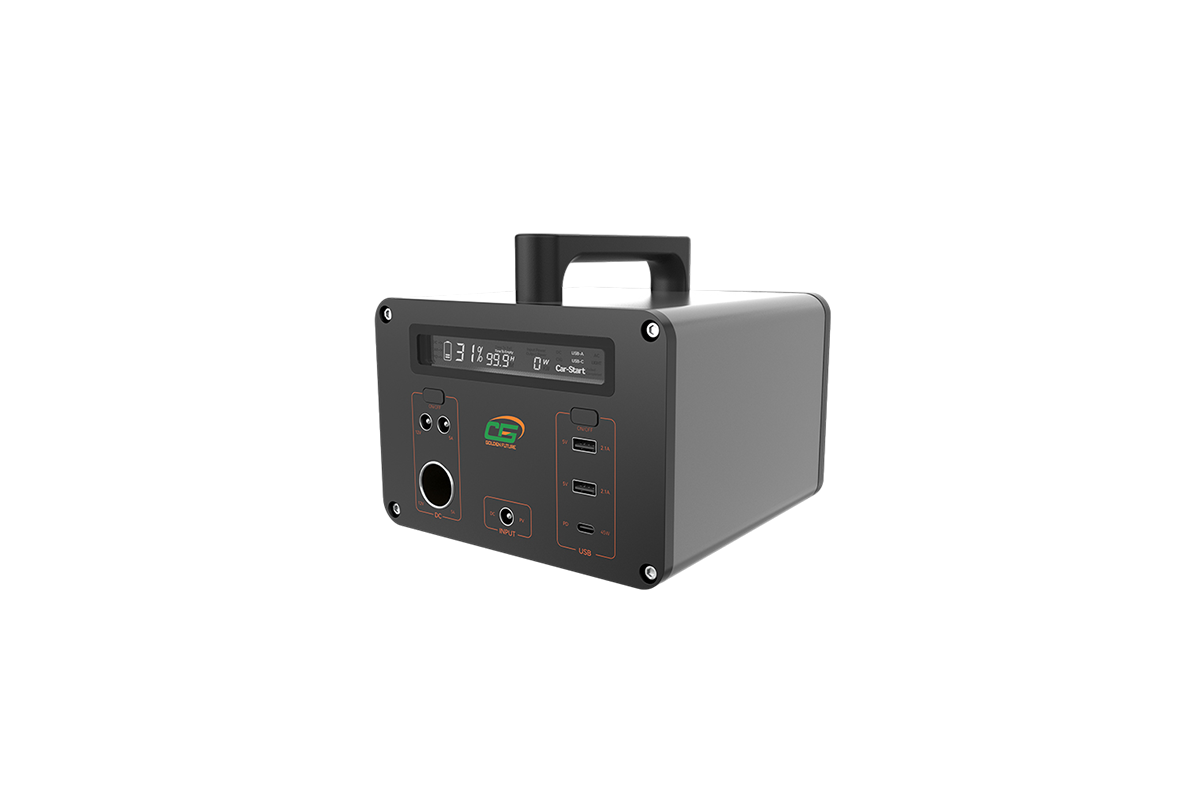

Time:2025-03-15 Views:1

Nickel - cadmium (Ni - Cd) storage batteries are widely used in various applications due to their relatively high energy density and good cycle life. However, when discharging these batteries, several precautions need to be taken to ensure safe and efficient operation.
Firstly, it is crucial to monitor the discharge current. Ni - Cd batteries have a specified maximum discharge current rating. Exceeding this limit can cause rapid overheating of the battery, leading to a significant reduction in its lifespan and potentially causing safety hazards such as battery swelling or even explosion. For example, if a Ni - Cd battery is rated for a maximum continuous discharge current of 5A, discharging it at 10A will subject the battery to excessive stress. To prevent this, proper current - limiting devices should be used in the discharge circuit.
Secondly, the depth of discharge (DoD) should be carefully controlled. Ni - Cd batteries are known to suffer from the memory effect. If they are repeatedly discharged to only a certain level and then recharged, the battery "remembers" this partial discharge pattern, which gradually reduces its overall capacity. To mitigate the memory effect, it is advisable to fully discharge the Ni - Cd battery periodically. However, completely discharging the battery to 0V can also be harmful as it may cause irreversible damage to the electrodes. A recommended depth of discharge is usually around 80 - 90% of the battery's rated capacity.
Furthermore, the ambient temperature during discharge has a significant impact on the battery's performance. Ni - Cd batteries perform best within a specific temperature range, typically around 20 - 30°C. At lower temperatures, the battery's internal resistance increases, resulting in a lower discharge capacity and higher internal voltage drop. Conversely, at high temperatures, the battery may experience accelerated self - discharge and degradation of its chemical components. Therefore, it is essential to ensure that the battery is discharged in an environment with a suitable temperature. If the ambient temperature is outside the optimal range, appropriate temperature - control measures such as using a heating or cooling system should be considered.
Read recommendations:
home energy storage all in one supplier